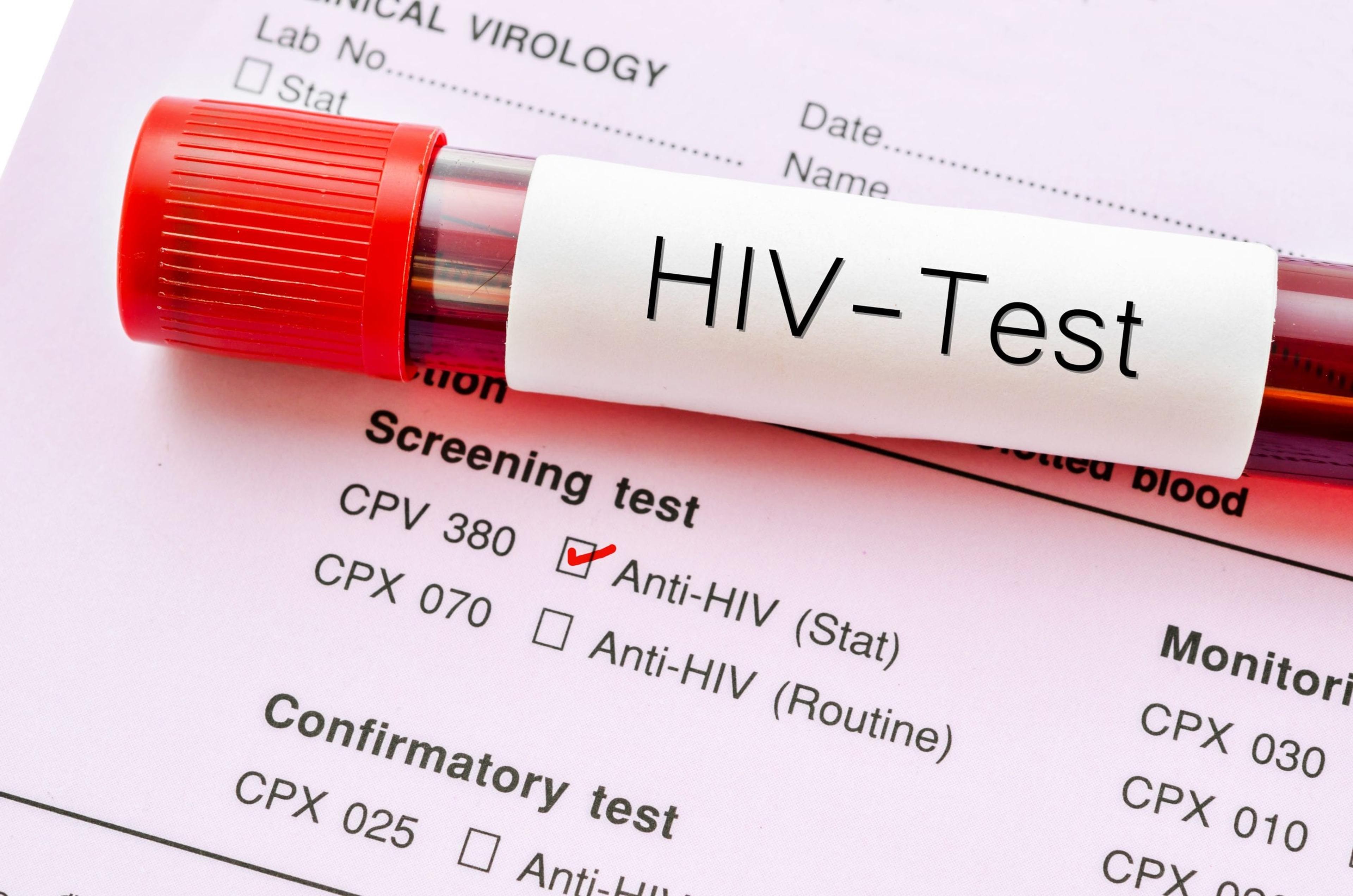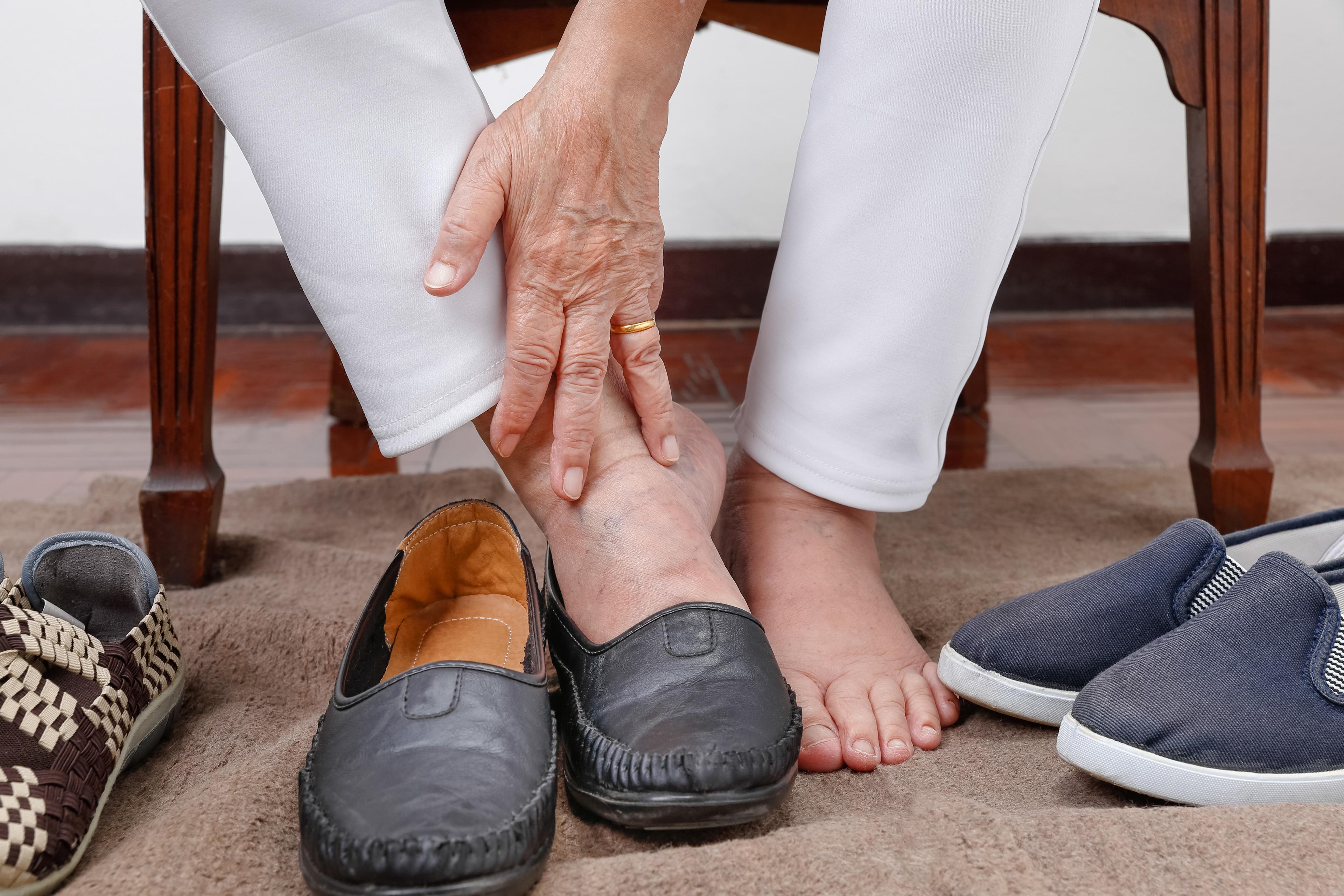AIDS Awareness Month: Signs to Get Tested for HIV, How to Talk to a Partner
Shandra Martinez
| 3 min read

More than one million people in the United States have HIV, the virus that causes AIDS. Of those people, approximately 1 in 7 don’t know they have been infected and need to be tested, according to the U.S. Department of Health and Human Services (HHS). November is National AIDS Awareness Month, and health officials are using it as a platform to encourage HIV testing. In 2018 – the last year for which federal data is available – more than 36,400 new cases of HIV were reported in the U.S. alone. Testing is critical to slowing the spread of infection because nearly 40% of new HIV cases are transmitted by people who did not know they had the virus, according to the CDC. Studies show HIV continues to have a higher impact on certain groups, including racial and ethnic minorities as well as gay and bisexual men. Higher case rates are also recorded in the southern U.S., the CDC said. How to Get Tested The only way a person can know for sure that he or she has HIV is to get tested. The CDC recommends everyone ages 13 to 64 get tested at least once as part of their regular health care. If a person is part of a higher-risk population, the CDC recommends annual testing. HIV tests can be performed by a person’s regular health care provider, at a local clinic or health department, or even with an at-home test kit. To find the options closest to you, check out the CDC-recommended testing resources. HIV Symptoms There are many symptoms that accompany HIV. Not everyone who has HIV will have these symptoms, though, and it is possible that some people who are infected could have no symptoms. Some HIV symptoms may also indicate other illnesses. During the first stage of HIV – about 2 to 4 weeks after infection – a person may develop flu-like symptoms. These can include:
- Fever
- Chills
- Rash
- Night sweats
- Muscle aches
- Sore throat
- Fatigue
If an HIV-infected person is not tested and treated, their condition can progress to AIDS, which has a markedly different set of symptoms. These include:
- Rapid weight loss
- Recurring fever or profuse night sweats
- Extreme and unexplained tiredness
- Prolonged swelling of the lymph glands in the armpits, groin, or neck
- Pneumonia
- Red, brown, pink, or purplish blotches on or under the skin or inside the mouth, nose, or eyelids
How to Talk to A Partner Once a person receives HIV test results, it allows him or her to start making the best decisions for their own health. Part of that includes talking to a partner or friends. These aren’t always easy conversations to have. They can be awkward and trigger anxiety, but it’s important to have them. The CDC has shared these tips for people preparing to talk to a partner:
- People who know they are HIV-positive should tell new partners early in a relationship.
- Don’t wait until an intimate moment to share details of an HIV diagnosis.
- Find the right time and place for this discussion.
- This conversation can be in person, on the phone or even via email or text.
Related:
- Top 5 Myths About HIV
- What Does it Mean to be Immunocompromised?
- The Role of Pharmacogenetic Testing in Prescribing Medications
Photos credit: Getty





